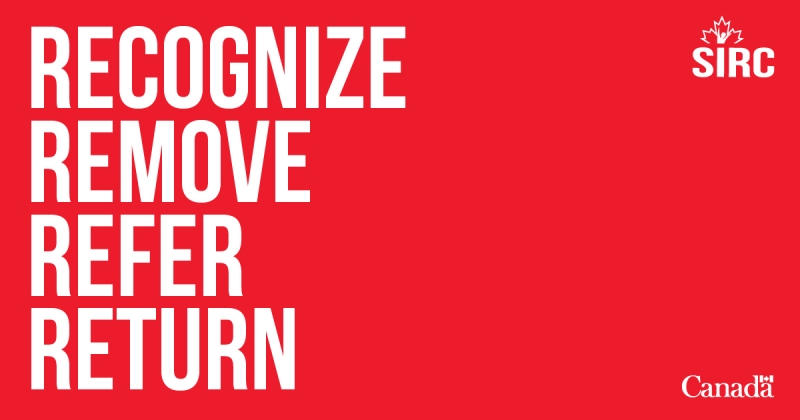For the athletes in this sport, the concussion risks are real even if brain injuries are rare.
It may sound a bit counter-intuitive, but for Canoe Kayak Canada (CKC), concussion education has become a key part of its safety program for a simple, but critically important reason.
“Just because we don’t see many concussions in our sport doesn’t mean we can ignore the risks,” says Scott Best, Whitewater Domestic Coordinator at CKC. “Brain injuries can happen just about anywhere and at any time. We need to prevent situations where one of our athletes gets a knock to the head doing something else but comes to training or competition anyway. Having an athlete on the water with a headache, dizziness, confusion, or poor balance can create a serious situation.”
Best says CKC has been pushing education over the last couple of years so that everyone in the sport – coaches, parents, athletes, and officials – knows what to look for and what to do when there are signs of a brain injury.
CKC has relied heavily on two primary sources to put together their concussion materials: Parachute, which developed the Canadian Guideline on Concussion in Sport, and, secondly, an online hub developed by the Sport Resource Information Centre (SIRC).
“The Canadian Guideline gave us a solid protocol that we could customize for canoe kayak without a whole lot of work,” adds Best, who suffered numerous concussions himself as an athlete competing in rugby and hockey. “Clubs across the country and many of our provincial/territorial associations have downloaded it from our website and adopted it as their own. This really helps to create a consistent approach to prevention and concussion management across our sport.”
The SIRC website has become the “go to” hub for research, tips and tools. It features the latest Canadian and international research as well as a suite of templates and sample products to help sport organizations at any level.
“The site is amazing,” Best says. “You’ve got everything in one spot and it’s easy to use and understand.”
At the heart of awareness efforts are the “4 Rs” that give clear direction to everyone involved in sport –
1) Recognize the signs and symptoms of a concussion;
2) Remove the athlete from the game or practice;
3) Refer the athlete to a healthcare professional; and
4) Return to school and then to sport based on the recommendations of a physician.
“We’ve heard from some of our coaches and clubs about how happy they are to have access to these materials and to be able to share them with athletes and parents,” adds Best. “The more we all know, the better equipped we are to prevent concussion-related problems and to limit the risks for our athletes on the water.”
Canoe Kayak Canada’s Concussion Protocol can be found here.
This blog is part of SIRC’s #HeadstrongCanada concussion awareness, prevention and management campaign. The campaign features tools, resources, and best practices in managing and preventing concussions in sport in Canada. Developed in partnership with Sport Canada, Public Health Agency of Canada and other organizations, the toolkit offers credible information and templates recognized by stakeholders throughout the sport system.
Check out the concussion website for concussion information and tools to help your sport be concussion smart. For concussion information directly to your inbox, sign up for SIRC’s concussion newsletter.